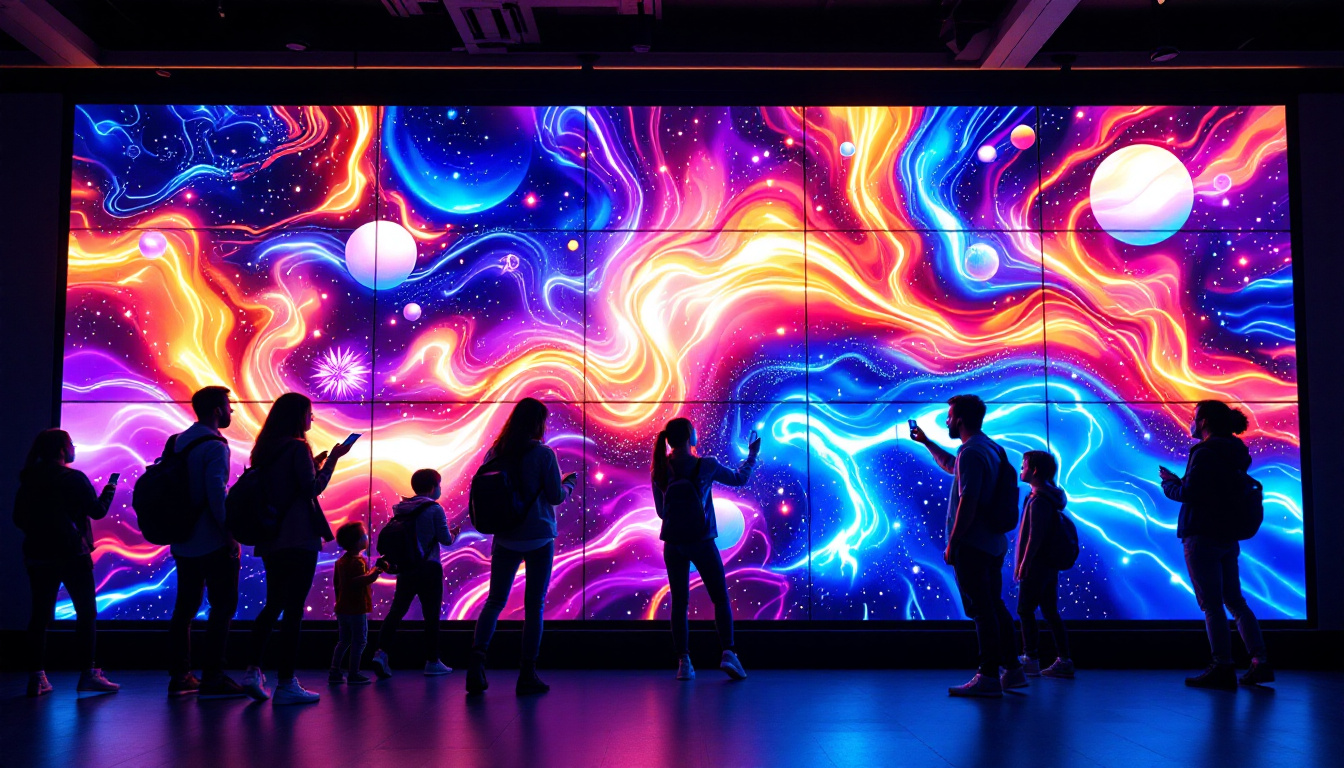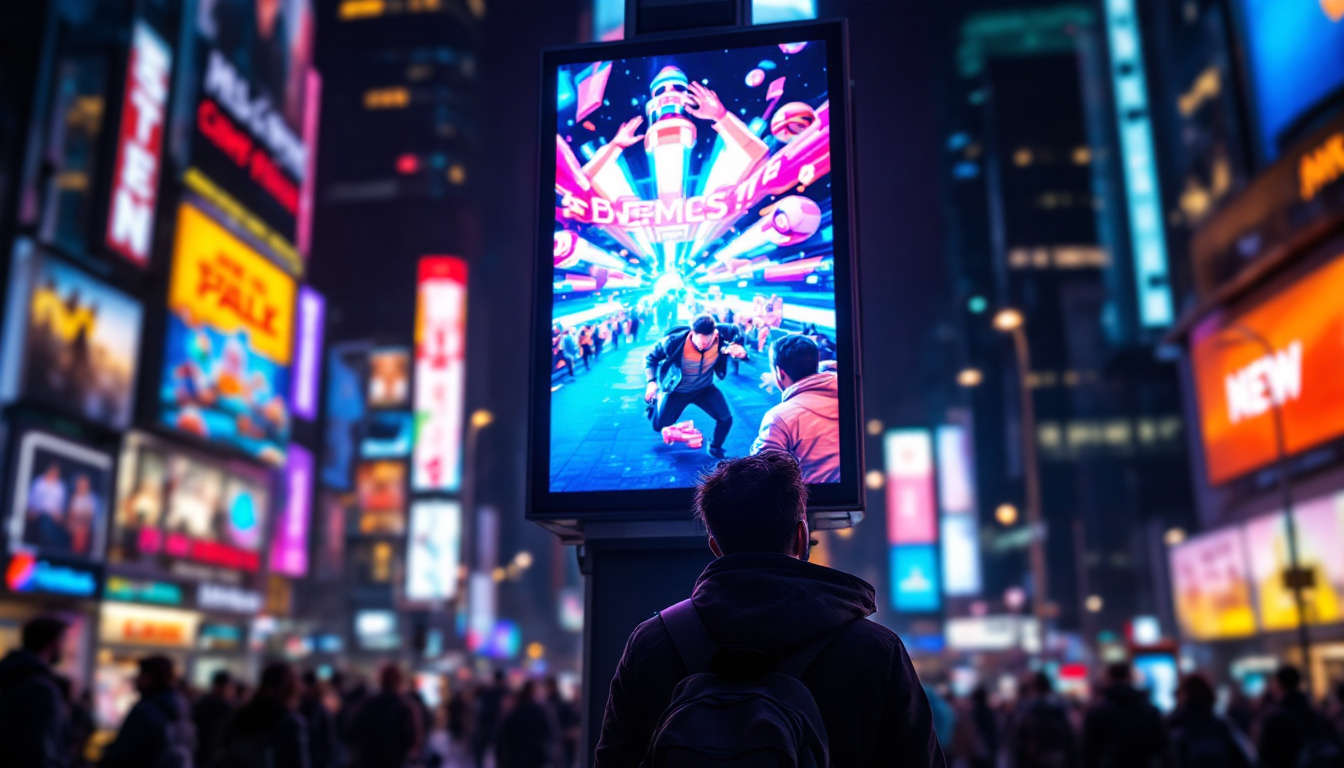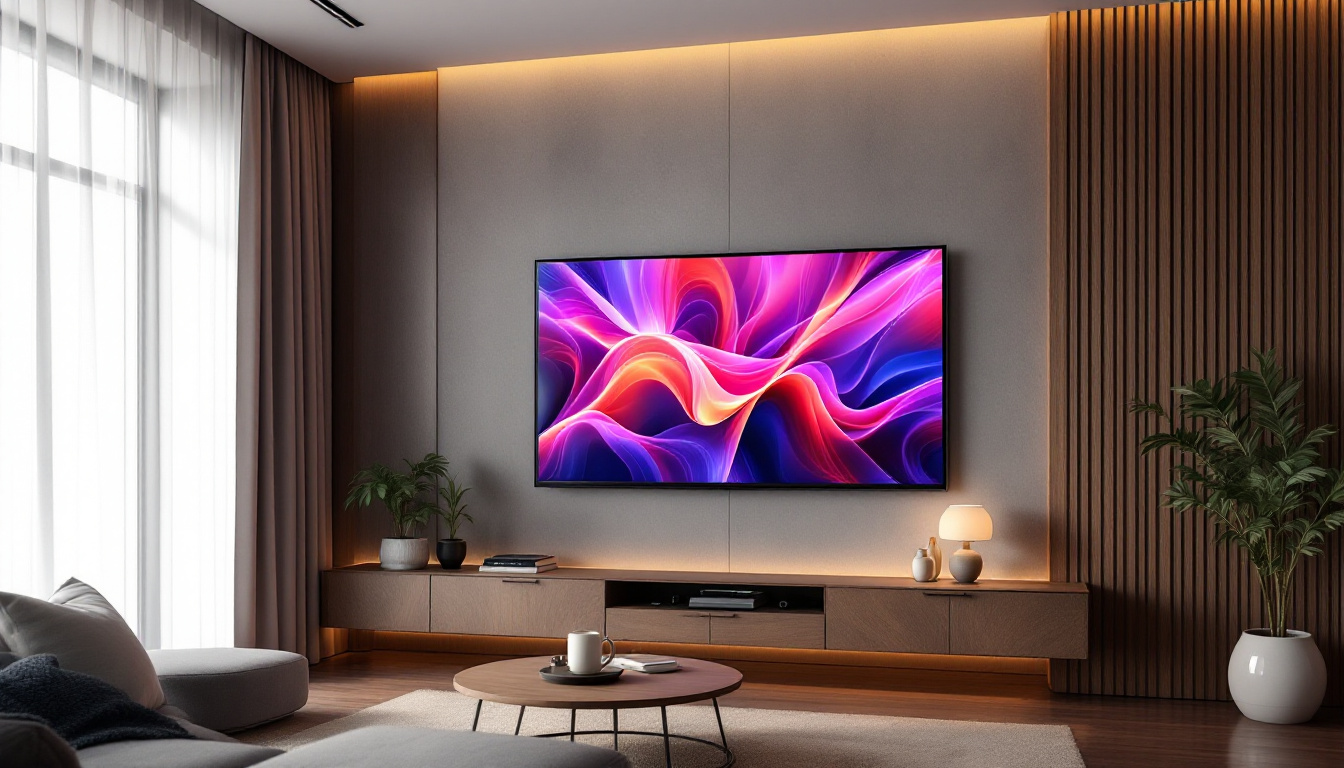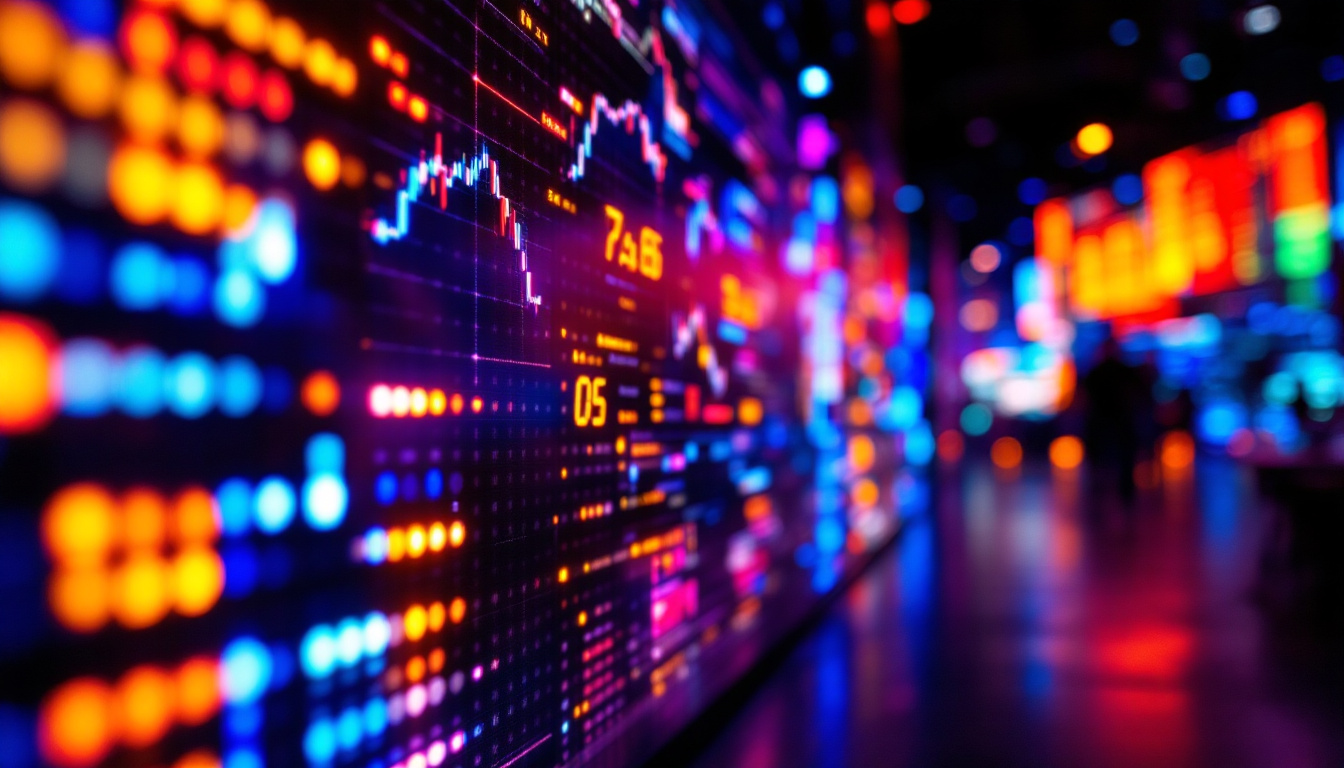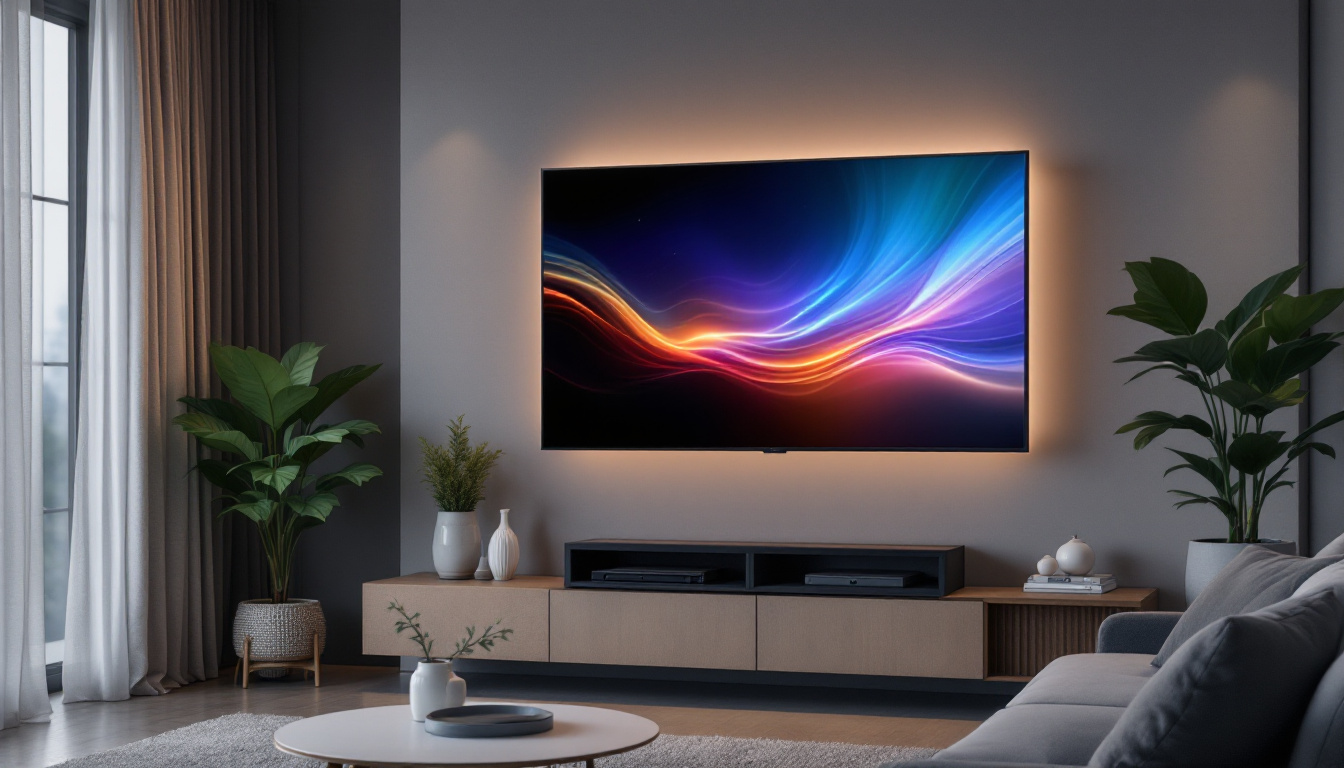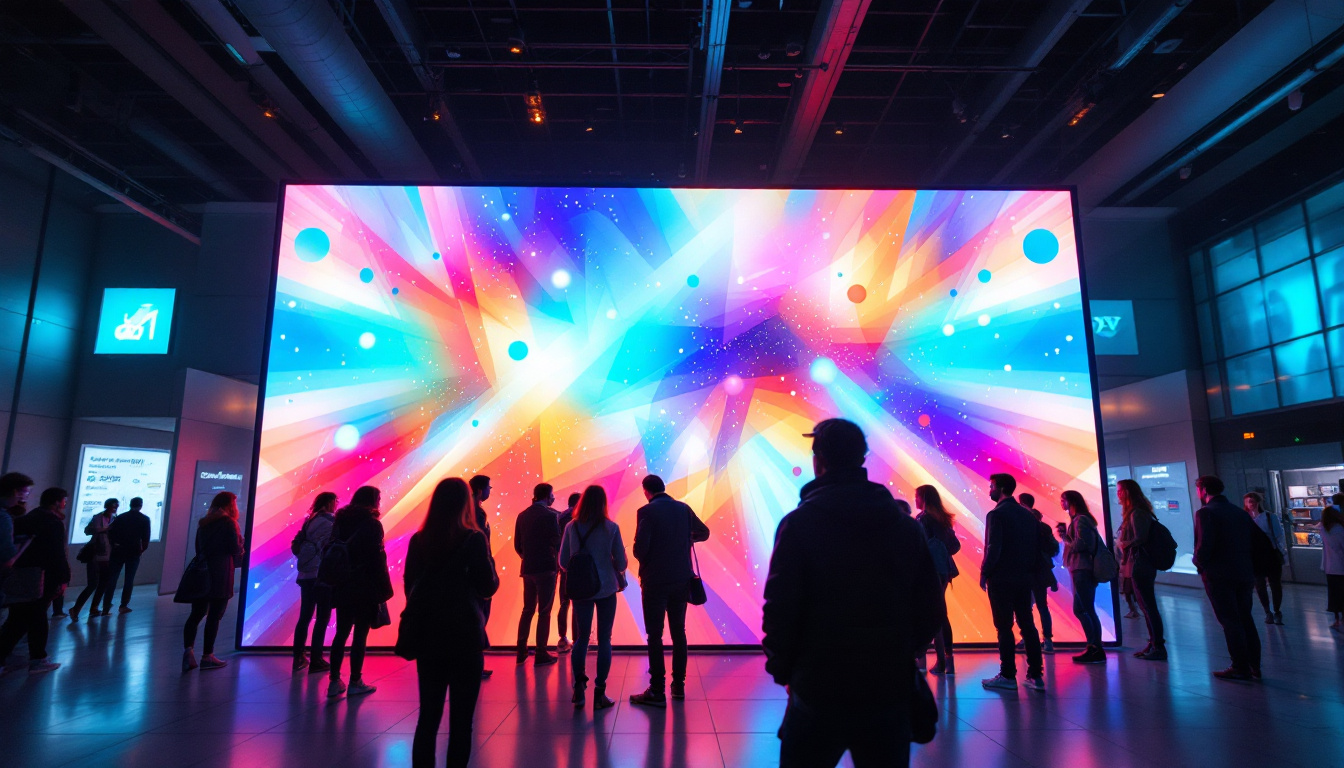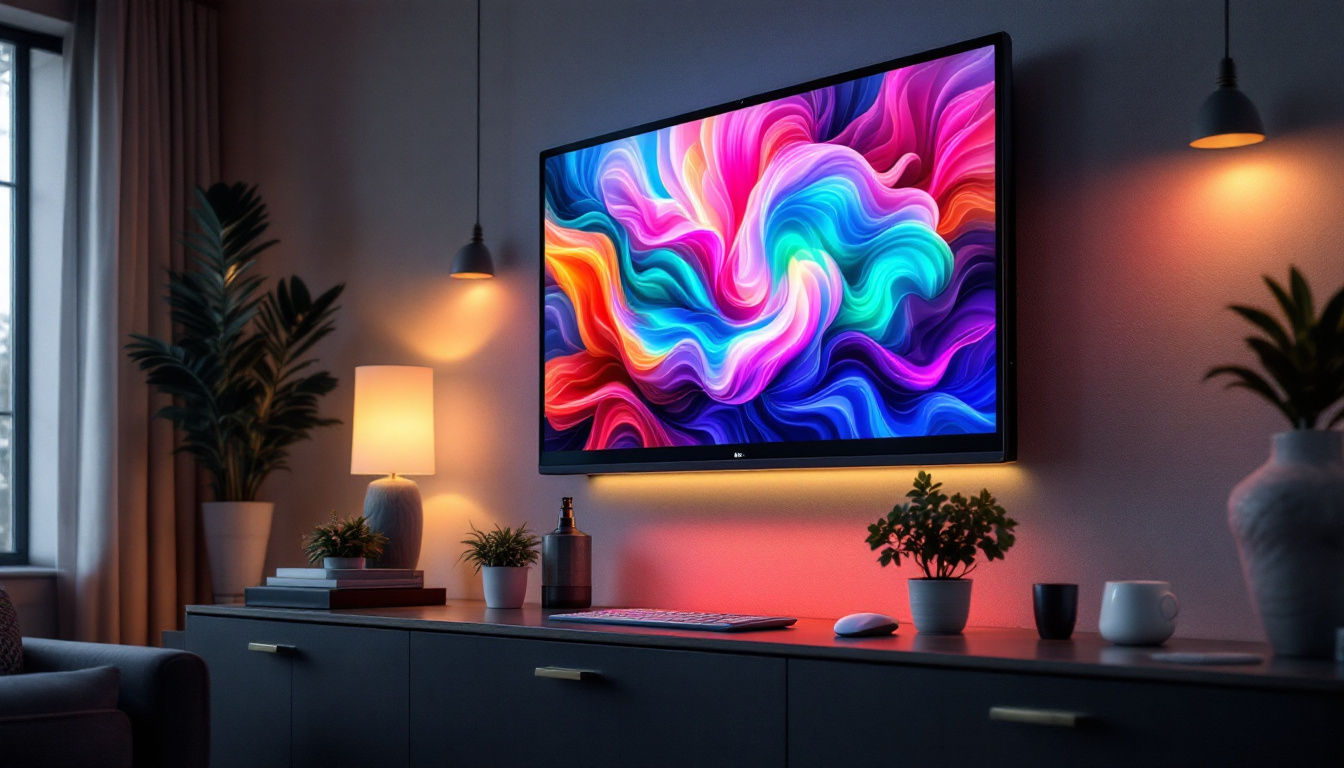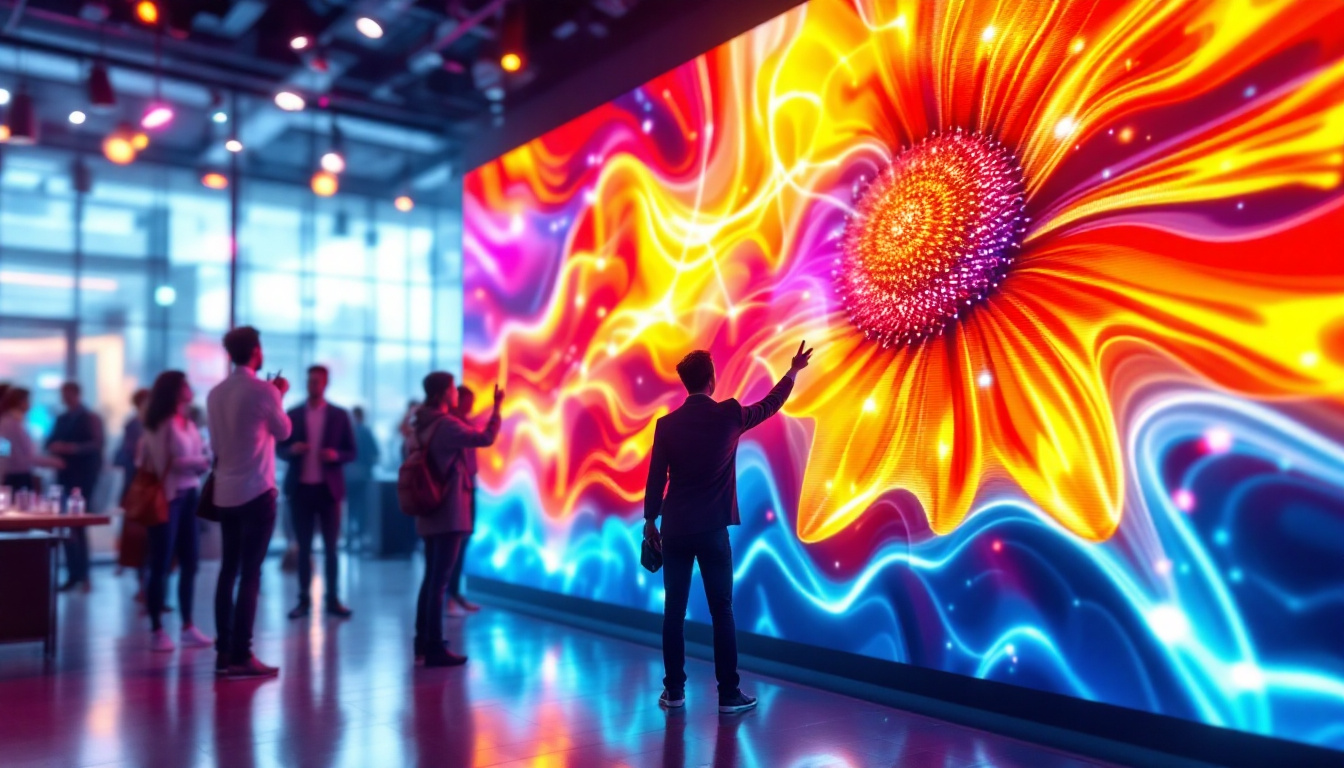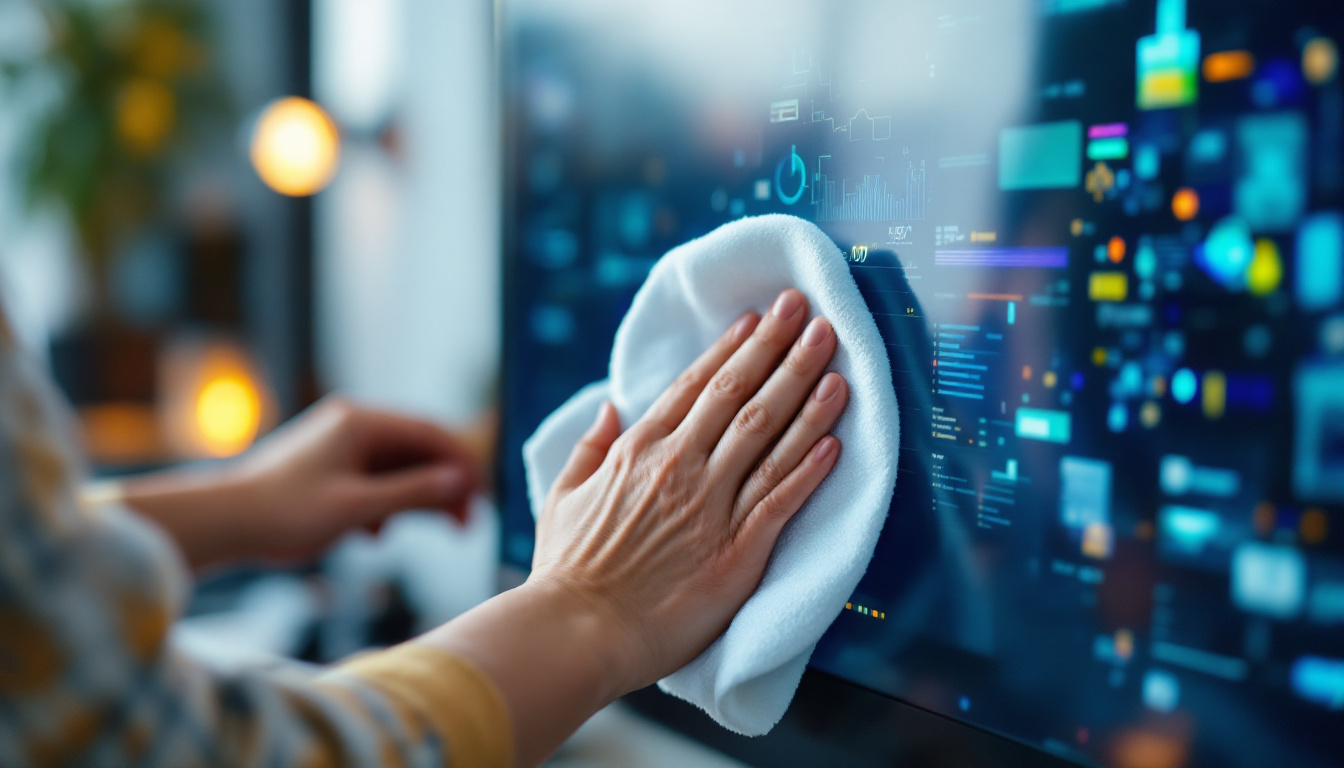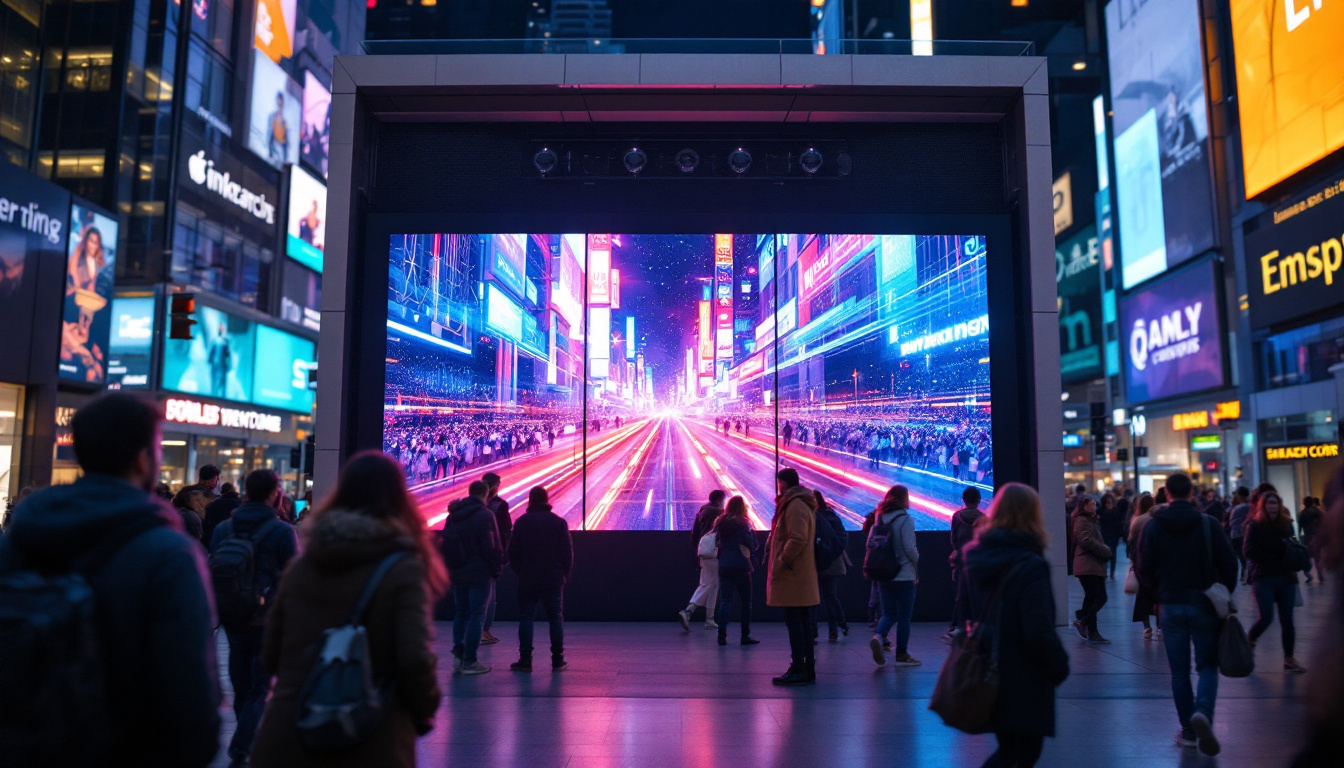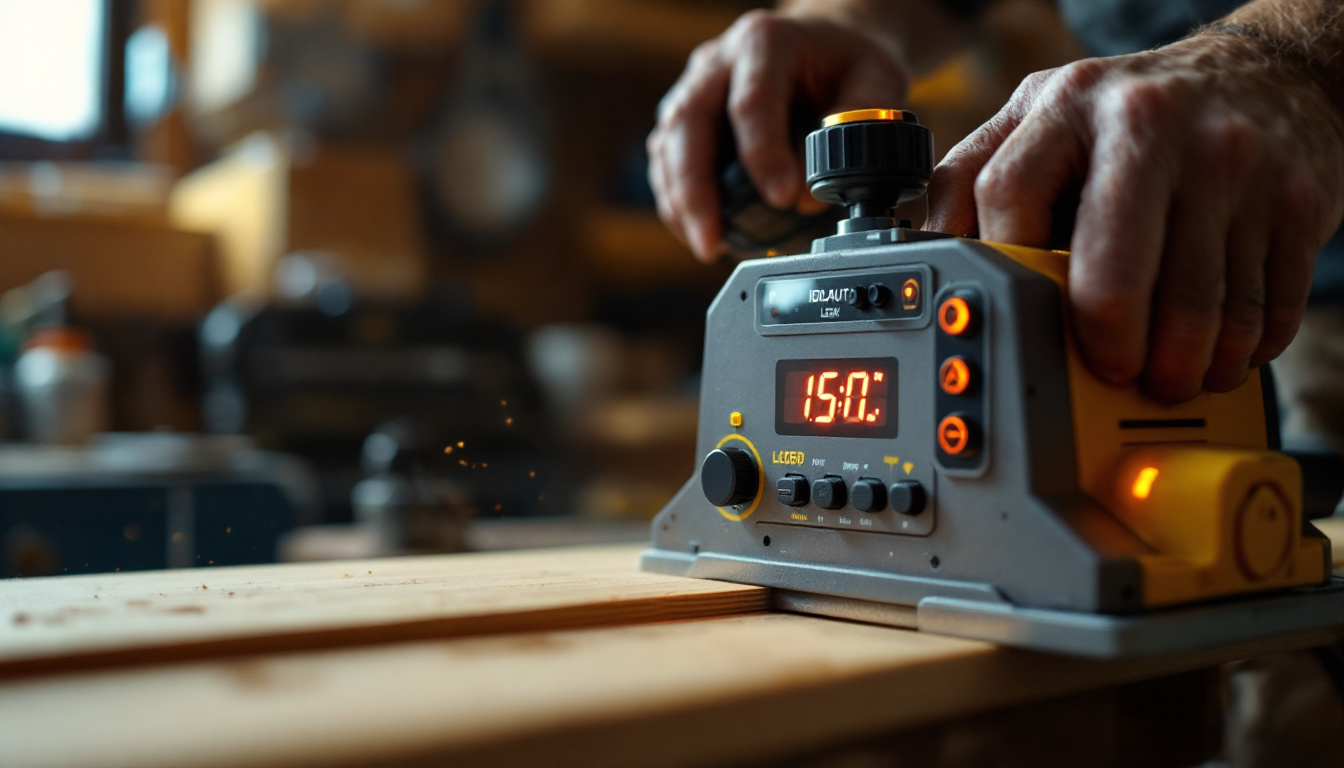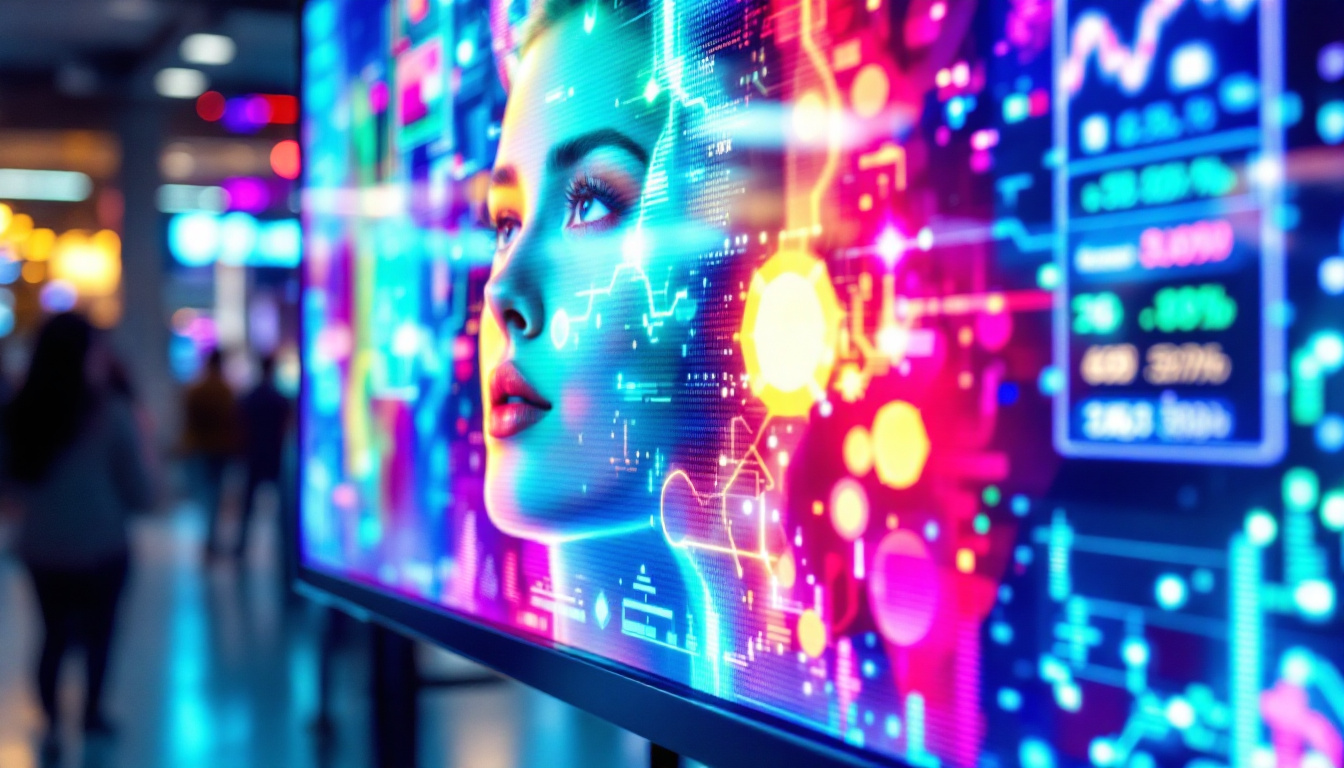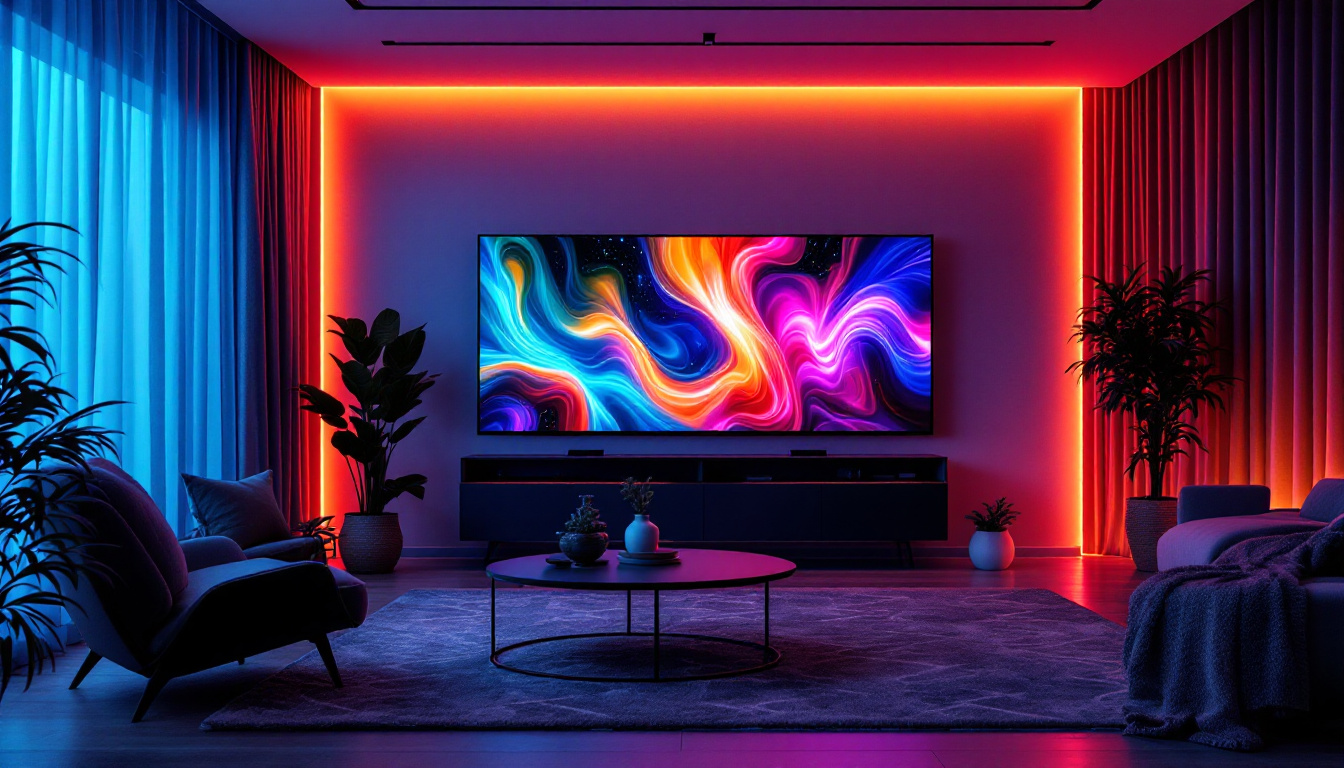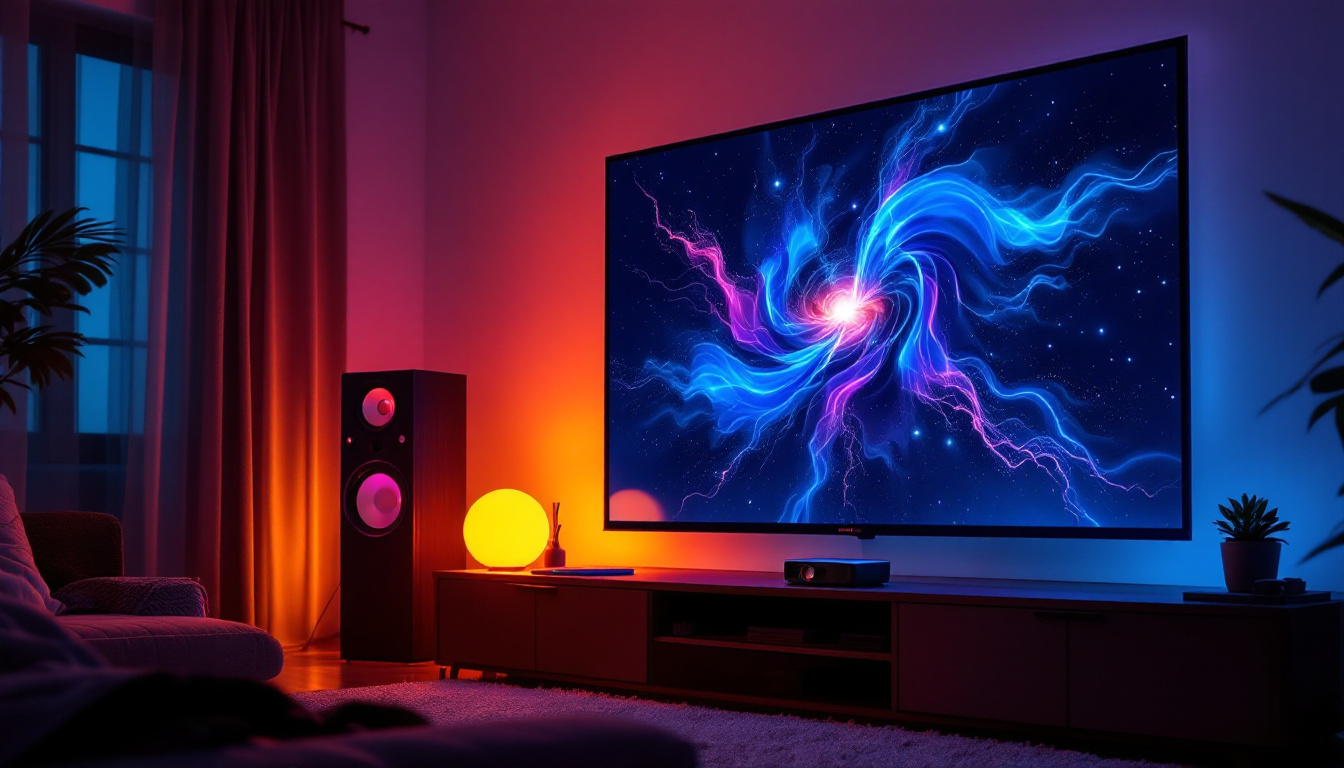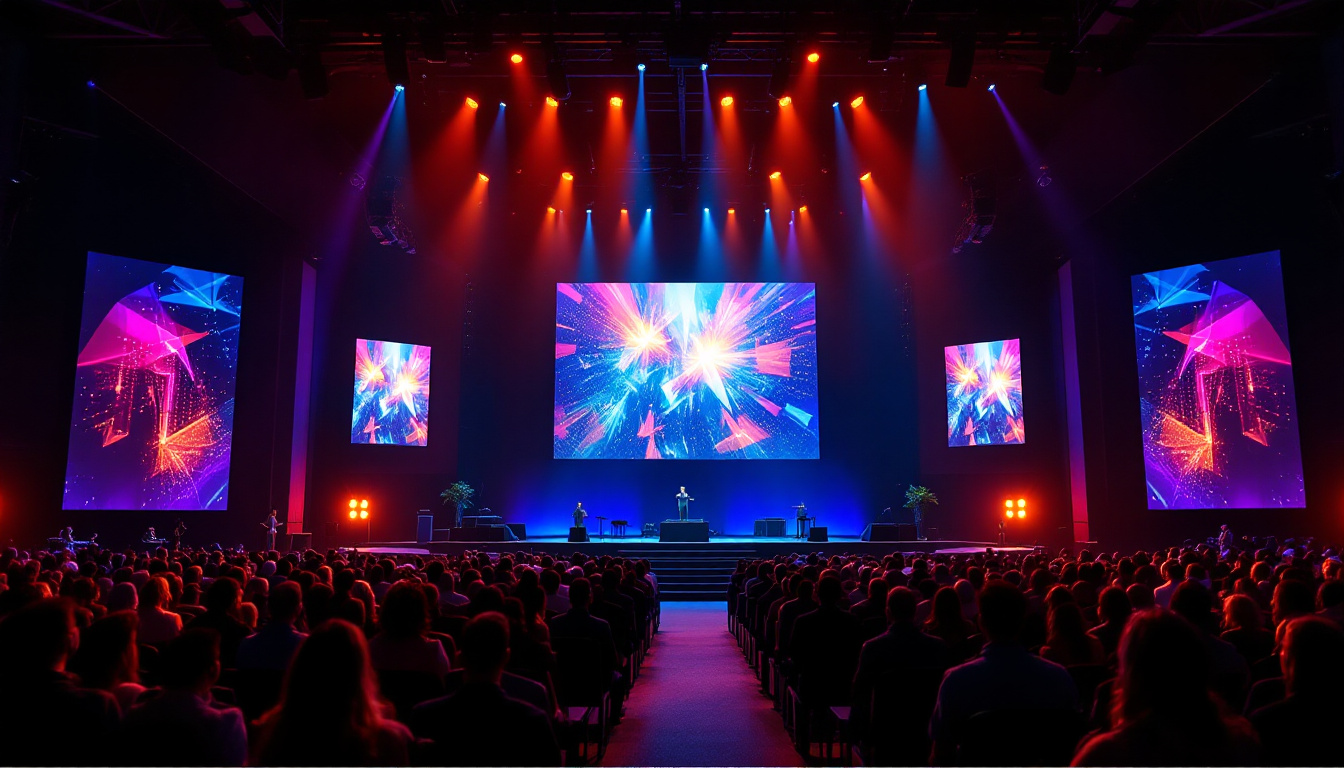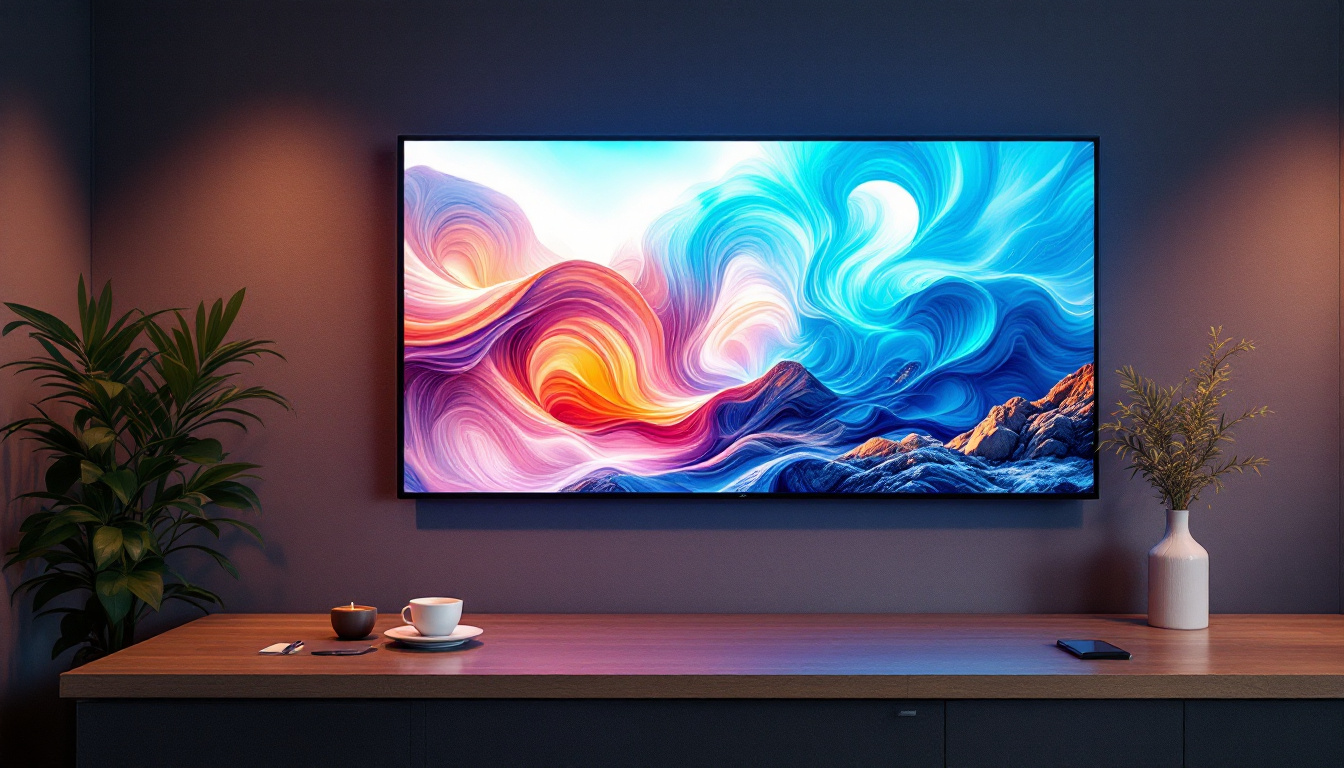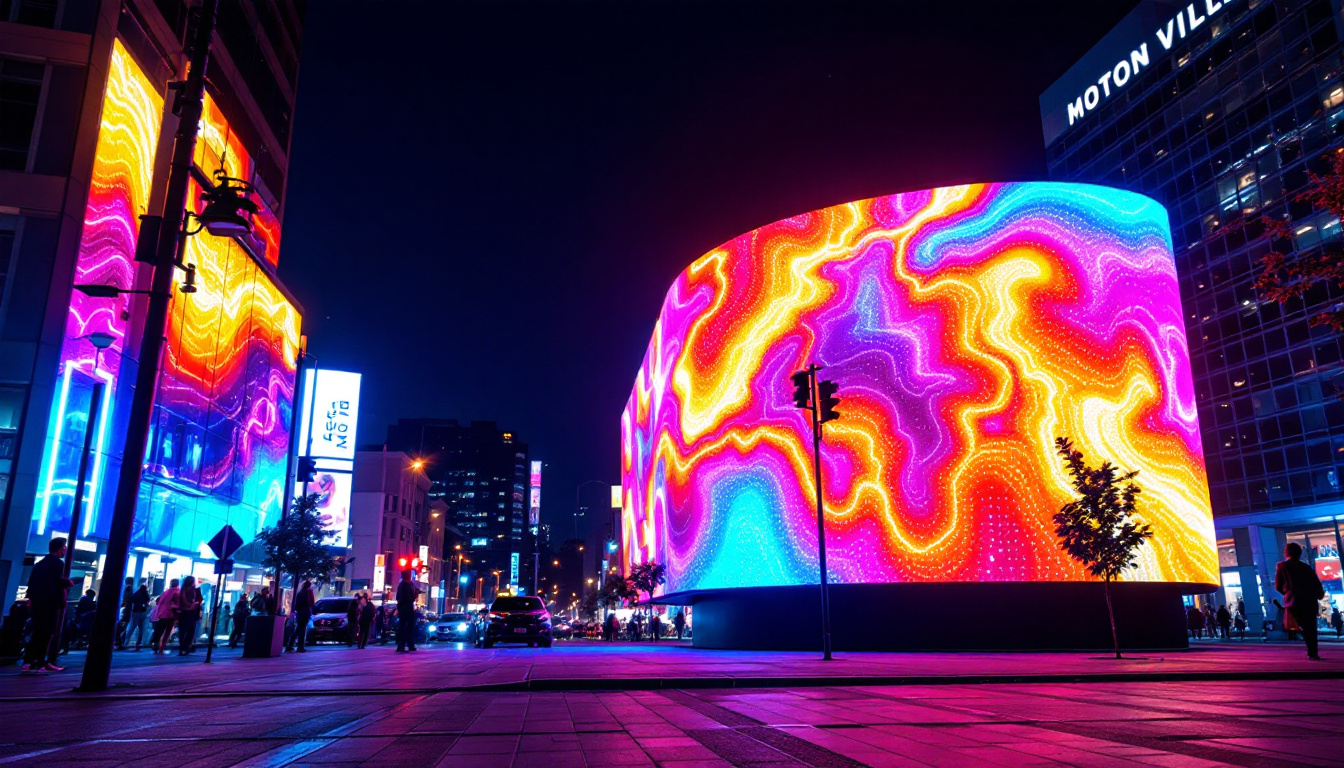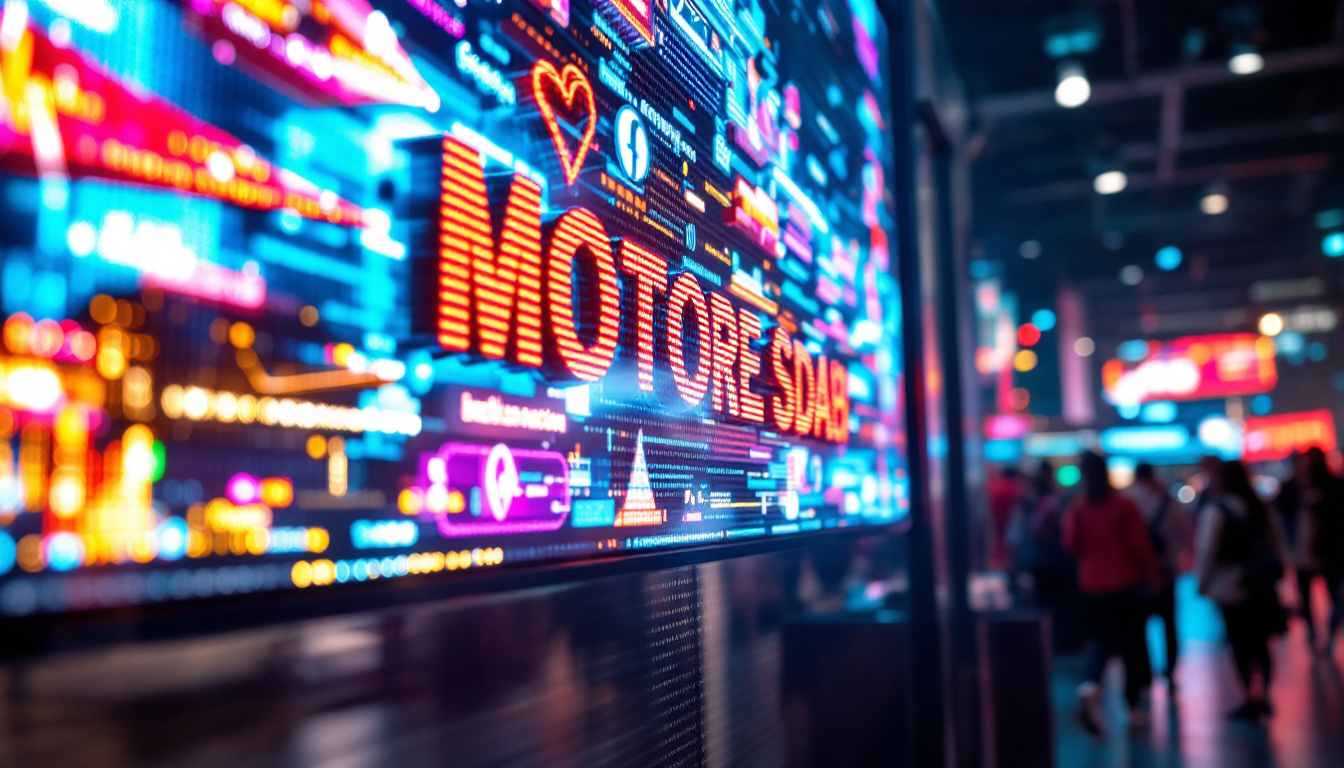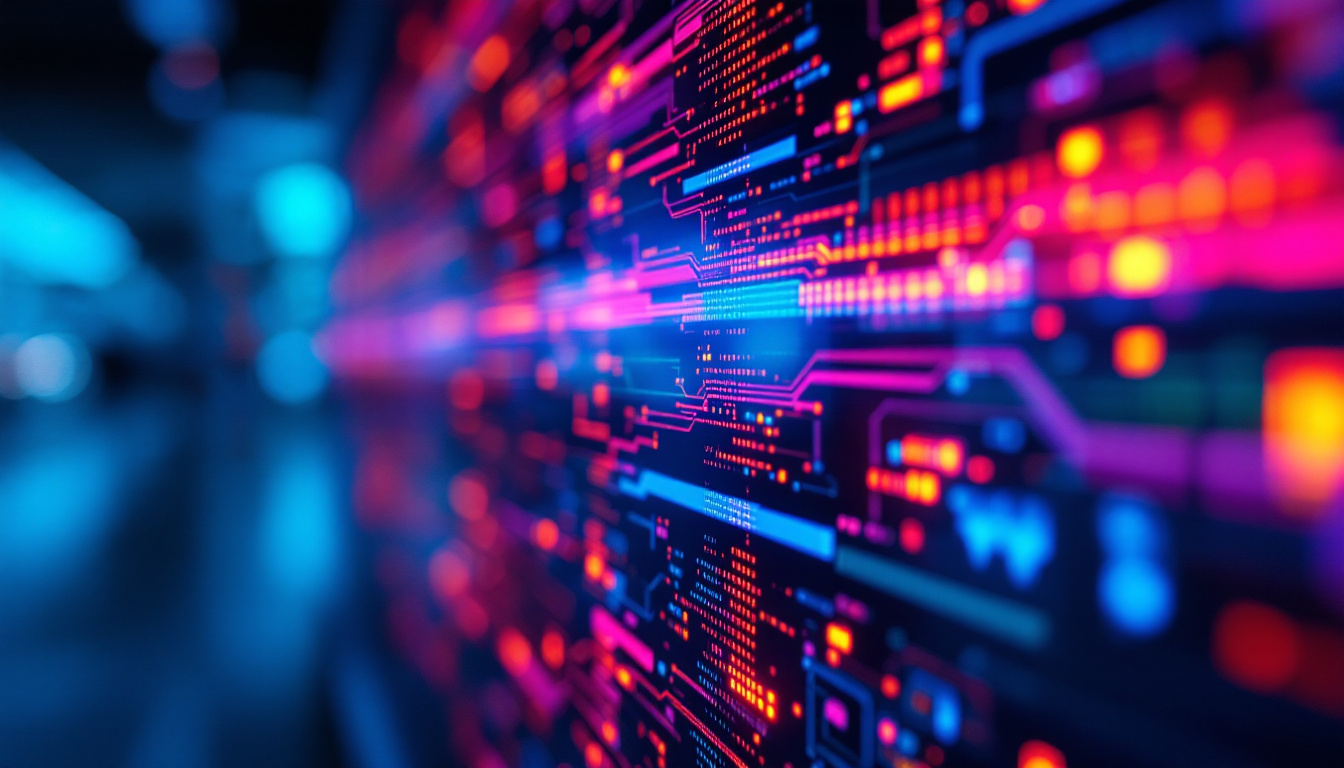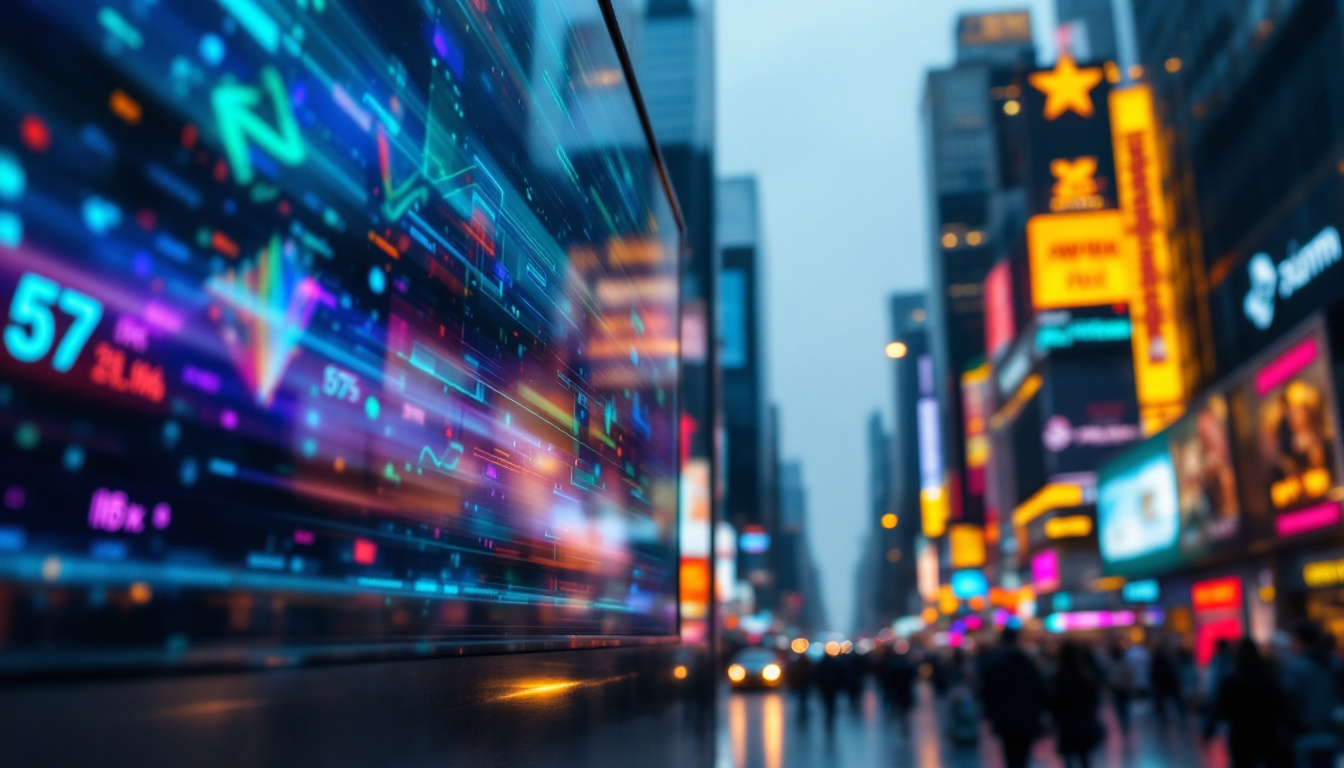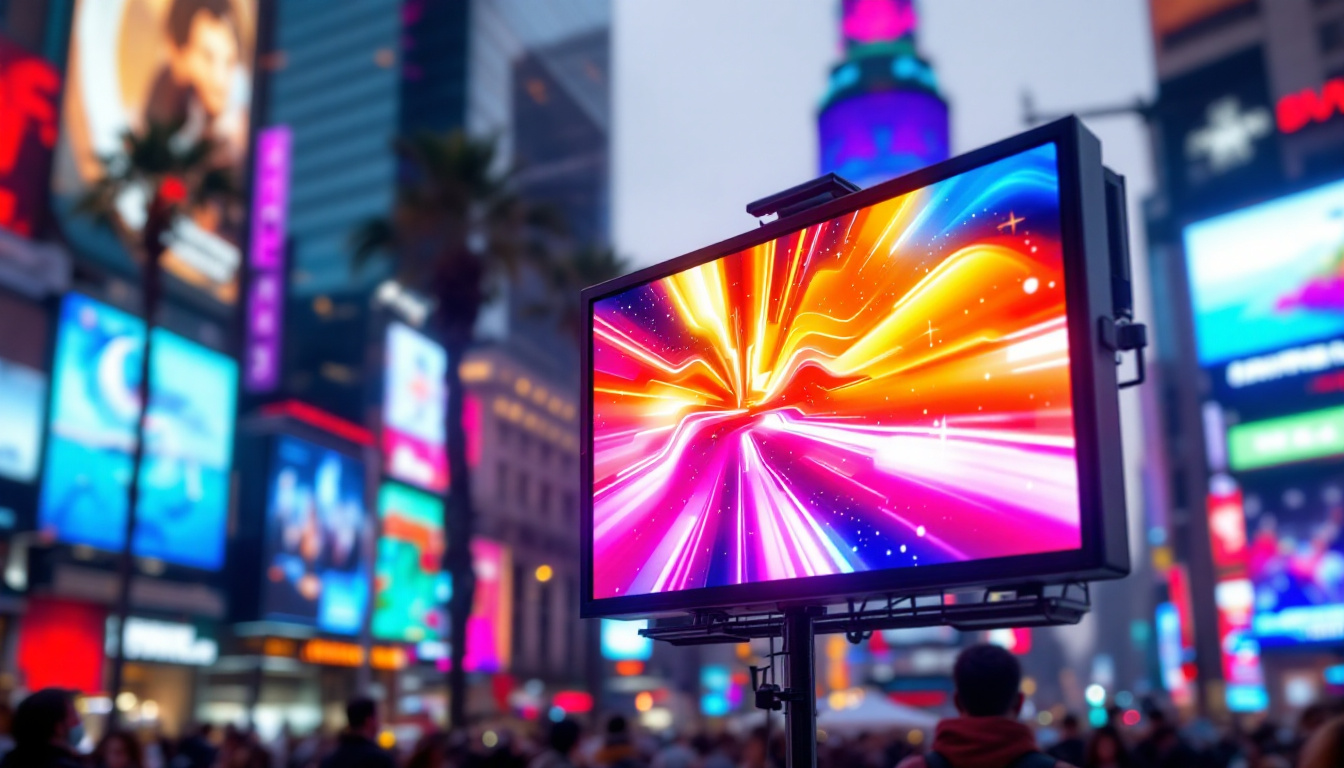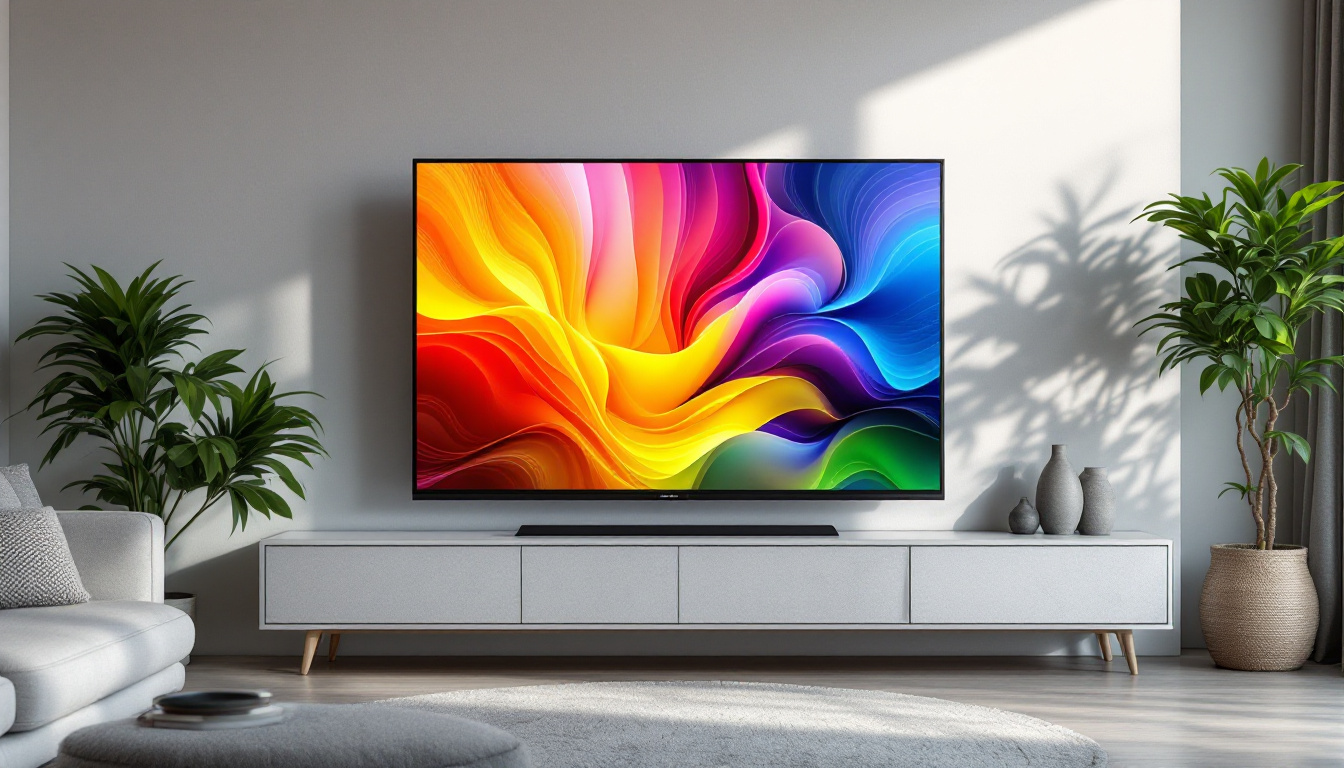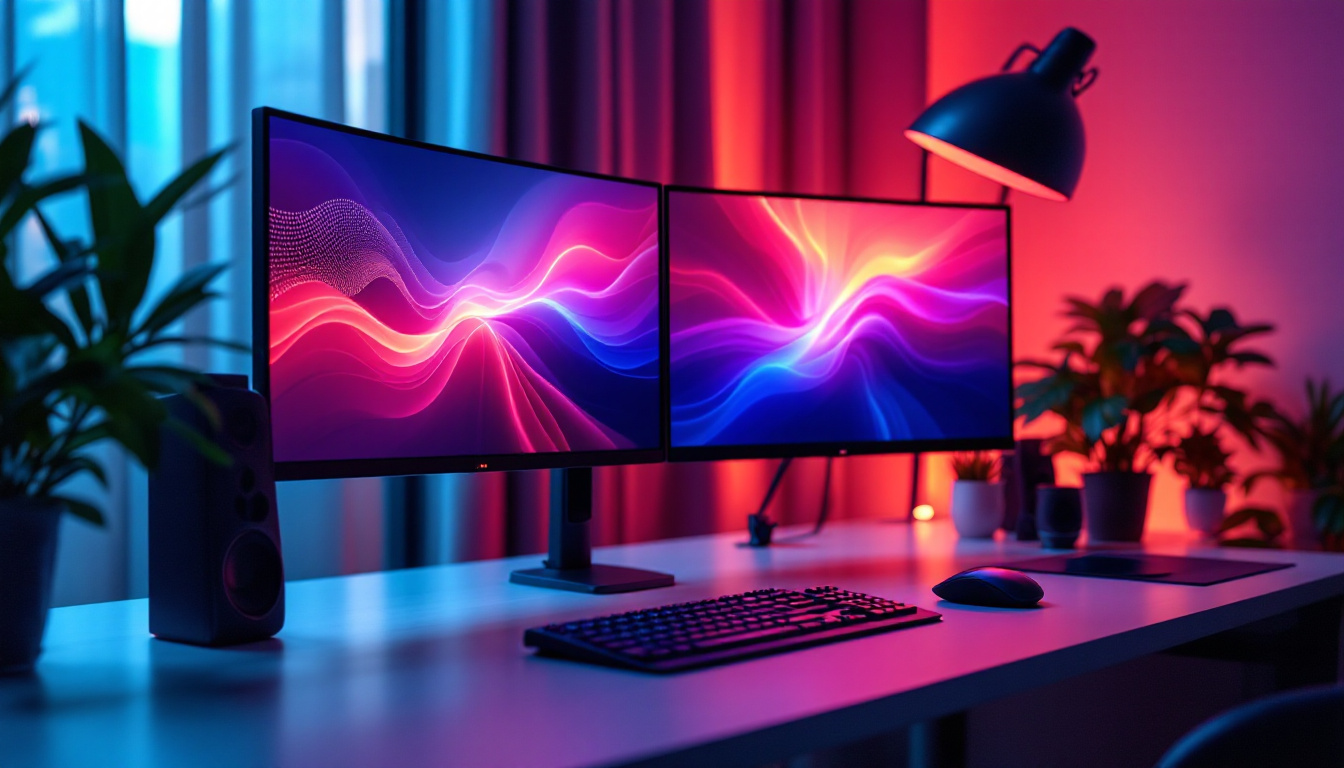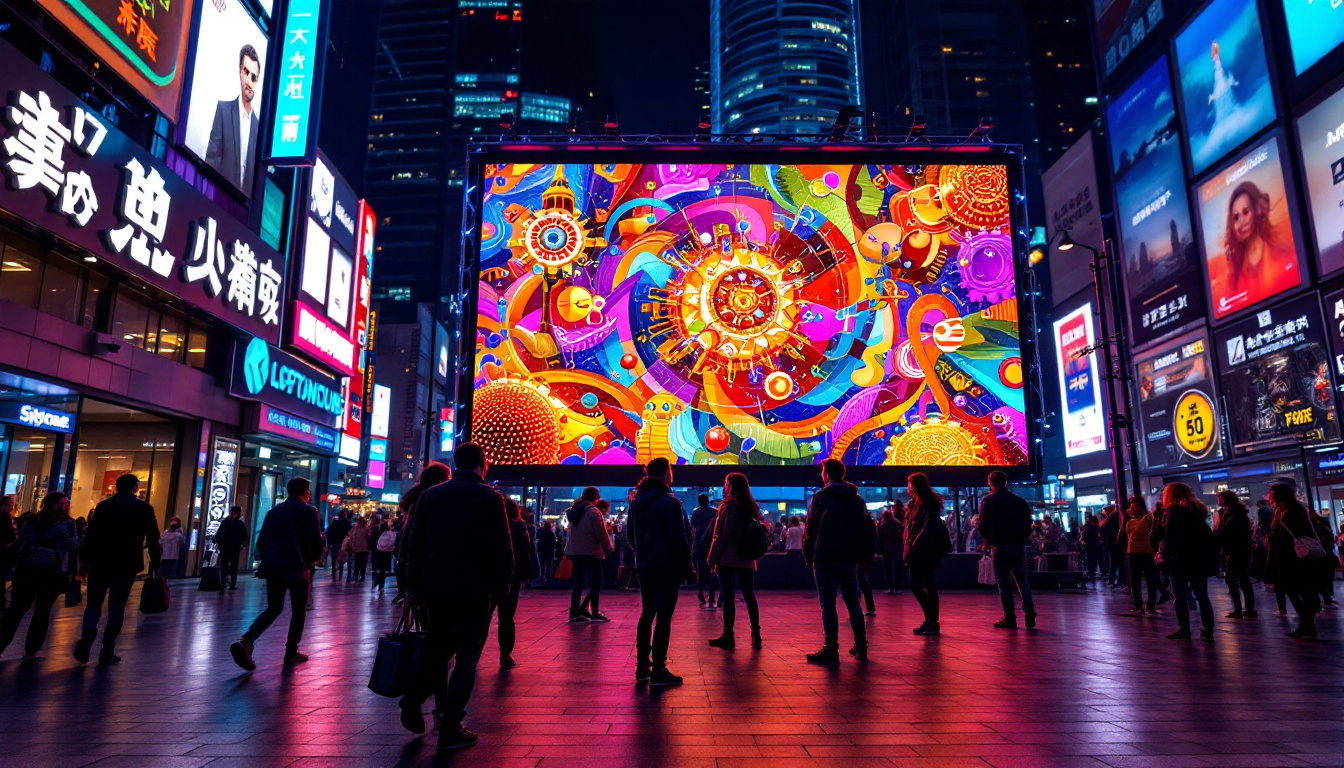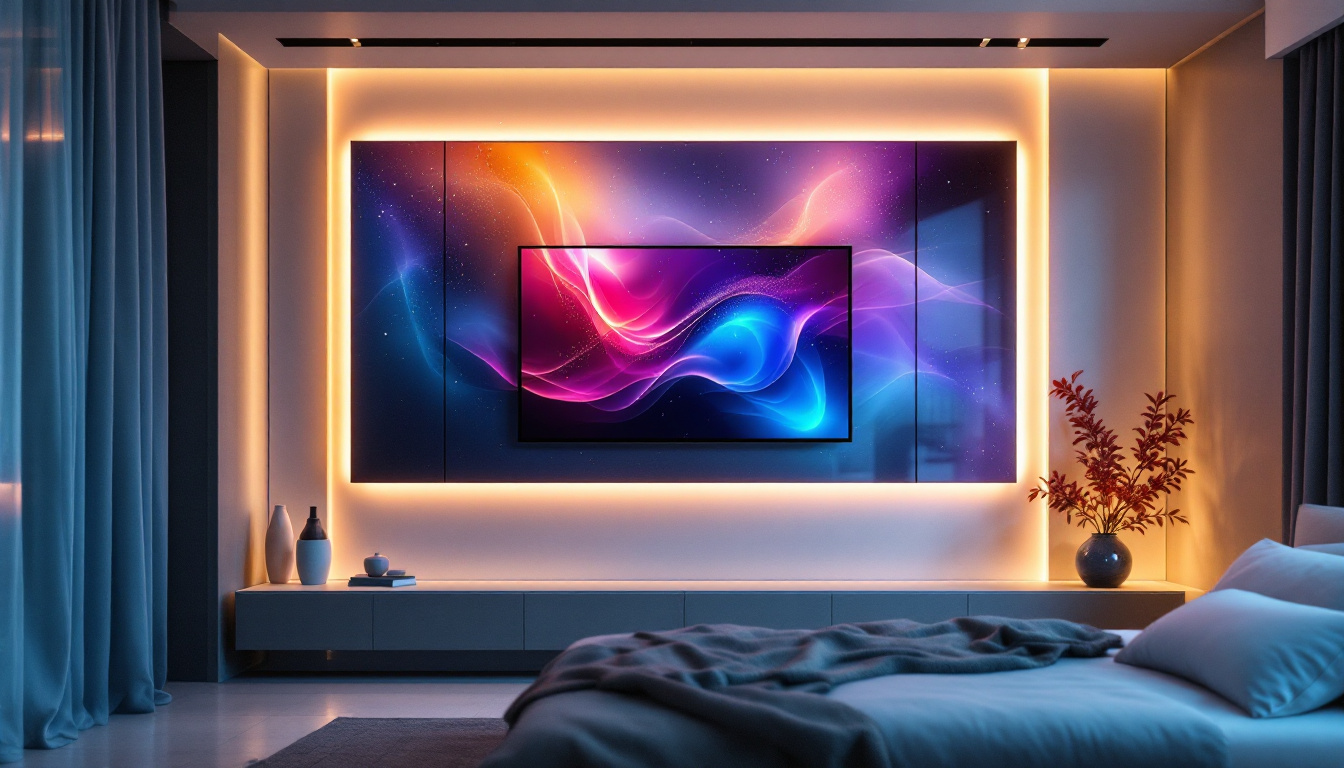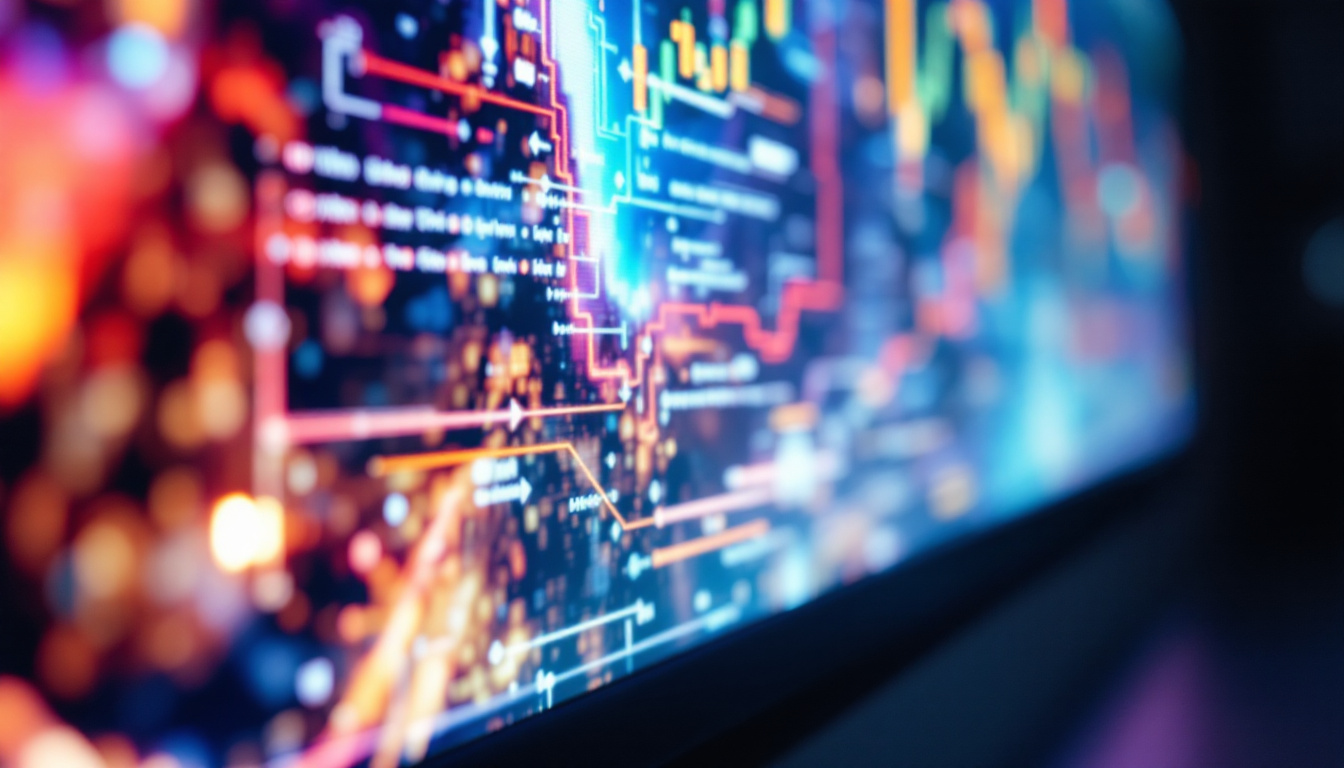In the age of digital communication, media walls have emerged as a powerful medium for showcasing content in various environments. From corporate offices to entertainment venues, LED displays have become a staple for delivering vibrant visual experiences. However, the effectiveness of these displays relies heavily on the design software used to create and manage the content. This article delves into the intricacies of media wall design software, focusing on how it enhances the functionality and aesthetics of LED displays.
Understanding Media Walls
Media walls are large-scale displays that consist of multiple screens or panels arranged to create a cohesive visual experience. These installations are often used in public spaces, such as airports, shopping malls, and stadiums, as well as in corporate settings for presentations and branding. The versatility of media walls allows them to display a variety of content, from advertisements to live feeds, making them an essential tool for communication.
The Components of a Media Wall
A typical media wall comprises several key components, including LED panels, a control system, and design software. The LED panels are the most visible part, providing the actual display surface. They come in various sizes, resolutions, and brightness levels, allowing for customization based on the specific needs of the installation.
The control system is responsible for managing the content displayed on the media wall. This system can range from simple remote controls to sophisticated software that allows for real-time updates and scheduling. The design software plays a crucial role in this setup, enabling users to create visually appealing content that can be seamlessly integrated into the media wall. Additionally, many modern media walls support interactive features, allowing viewers to engage with the content through touch or gesture, further enhancing the user experience.
Applications of Media Walls
Media walls have a wide range of applications across different industries. In retail, they serve as dynamic advertising platforms that can attract customers and enhance the shopping experience. In corporate environments, media walls are used for presentations, training sessions, and internal communications, providing a visually engaging way to convey information.
Entertainment venues utilize media walls to enhance the audience experience, displaying live feeds, promotional content, and interactive elements. Additionally, educational institutions have begun incorporating media walls into their classrooms and auditoriums to facilitate interactive learning and presentations. These installations can display educational videos, real-time data, or even virtual reality content, creating an immersive learning environment that captivates students and fosters engagement. As technology continues to evolve, the potential applications of media walls expand, paving the way for innovative uses in areas such as healthcare, where they can be used for patient education and information dissemination in waiting areas.
What is Media Wall Design Software?
Media wall design software is a specialized tool that allows users to create, manage, and display content on LED screens. This software provides a user-friendly interface for designing layouts, selecting content, and scheduling displays. The primary goal of media wall design software is to simplify the process of content creation and management, making it accessible to users with varying levels of technical expertise.
Key Features of Media Wall Design Software
Media wall design software typically includes a range of features that enhance the user experience. Some of the most common features include:
- Drag-and-Drop Interface: This feature allows users to easily arrange content on the media wall without needing advanced design skills.
- Template Library: Many software solutions offer a library of pre-designed templates that users can customize to fit their specific needs.
- Content Scheduling: Users can schedule when specific content will be displayed, allowing for dynamic updates and timely messaging.
- Real-Time Editing: Some software solutions allow for real-time editing and updates, ensuring that the content displayed is always current.
Benefits of Using Media Wall Design Software
Utilizing media wall design software offers numerous benefits that can significantly enhance the effectiveness of LED displays. Firstly, it streamlines the content creation process, allowing users to produce high-quality visuals in a fraction of the time it would take using traditional design methods.
Secondly, the software often includes tools for analytics and performance tracking. This feature enables users to assess the effectiveness of their content, making it easier to refine and optimize future displays. Lastly, the collaborative capabilities of many design software solutions allow teams to work together seamlessly, regardless of their physical location.
Moreover, media wall design software often integrates with various content management systems and social media platforms, allowing users to pull in real-time data and user-generated content. This integration not only enriches the display but also keeps the audience engaged by showcasing live updates, such as social media feeds or event highlights. As a result, organizations can create a more interactive experience that resonates with viewers and encourages participation.
Additionally, many media wall design software solutions come equipped with advanced features like multi-screen support and video wall capabilities. This allows users to create expansive displays that can span multiple screens, providing a more immersive viewing experience. The ability to synchronize content across various screens ensures that the visual narrative remains cohesive, enhancing the overall impact of the media wall in environments such as trade shows, corporate events, and retail spaces.
Choosing the Right Media Wall Design Software
With a plethora of media wall design software options available, selecting the right one can be a daunting task. Factors such as ease of use, feature set, and integration capabilities should be considered when making a decision.
Evaluating User Experience
One of the most critical aspects of media wall design software is its user experience. A user-friendly interface can significantly reduce the learning curve, allowing users to focus on creating content rather than navigating complex menus. Look for software that offers intuitive controls and a clean layout, which can enhance productivity and creativity.
Feature Set and Customization Options
Different projects may require different features. For example, if the media wall will be used for live events, real-time editing capabilities may be essential. Conversely, if the focus is on displaying static advertisements, a robust template library may be more beneficial. Assessing the specific needs of the project will help in selecting software that offers the right balance of features and customization options.
Integration with Existing Systems
Many organizations already have systems in place for content management and scheduling. Choosing media wall design software that can easily integrate with these existing systems can save time and reduce complications. Look for software that offers API access or compatibility with popular content management systems to ensure a smooth transition.
Trends in Media Wall Design Software
As technology continues to evolve, so do the capabilities of media wall design software. Several trends are shaping the future of this industry, making it essential for users to stay informed.
Increased Use of Artificial Intelligence
Artificial intelligence (AI) is beginning to play a significant role in media wall design software. AI-driven tools can analyze user behavior and preferences, allowing for more personalized content recommendations. Additionally, AI can automate routine tasks, such as content scheduling and performance tracking, freeing up users to focus on creative aspects.
Enhanced Interactivity
Modern audiences expect more than just passive viewing experiences. As a result, media wall design software is increasingly incorporating interactive elements, such as touchscreens and motion sensors. These features enable users to engage with the content actively, creating a more immersive experience.
Focus on Sustainability
With growing awareness of environmental issues, many software developers are prioritizing sustainability in their products. This includes optimizing software to reduce energy consumption and promoting content that encourages eco-friendly practices. As organizations become more environmentally conscious, the demand for sustainable solutions will continue to rise.
Best Practices for Designing Media Walls
Creating an effective media wall requires careful planning and consideration of various design principles. Adhering to best practices can help ensure that the final product is visually appealing and functional.
Understanding the Audience
Before designing content for a media wall, it is crucial to understand the target audience. Different demographics may respond to different styles, colors, and messaging. Conducting audience research can provide valuable insights that inform the design process, ensuring that the content resonates with viewers.
Maintaining Visual Consistency
Visual consistency is key to creating a professional and cohesive media wall. This includes using a consistent color palette, typography, and imagery throughout the content. Establishing brand guidelines can help maintain this consistency, reinforcing brand identity and enhancing recognition.
Prioritizing Readability
Content displayed on a media wall should be easily readable from a distance. This means using large fonts, high-contrast colors, and clear messaging. Avoid cluttering the display with too much information; instead, focus on concise, impactful content that captures attention quickly.
Conclusion
Media wall design software plays a pivotal role in the effectiveness of LED displays, enabling users to create stunning visual experiences that engage audiences. By understanding the components of media walls, the features of design software, and the best practices for content creation, organizations can leverage this technology to enhance their communication strategies.
As trends continue to evolve, staying informed about advancements in media wall design software will be essential for maximizing its potential. Whether for corporate presentations, retail advertising, or entertainment applications, the right software can transform a simple LED display into a captivating media wall that leaves a lasting impression.
Discover LumenMatrix LED Display Solutions
Ready to elevate your visual communication with a media wall that truly stands out? LumenMatrix is at the forefront of LED display innovation, offering a comprehensive range of solutions tailored to your unique needs. From vibrant Indoor LED Wall Displays to dynamic Outdoor LED Wall Displays, and from sleek LED Poster Displays to engaging LED Sports Displays, our technology is designed to captivate and engage your audience. Embrace the future of digital signage with LumenMatrix and transform your space into a mesmerizing visual experience. Check out LumenMatrix LED Display Solutions today and see the difference for yourself.

